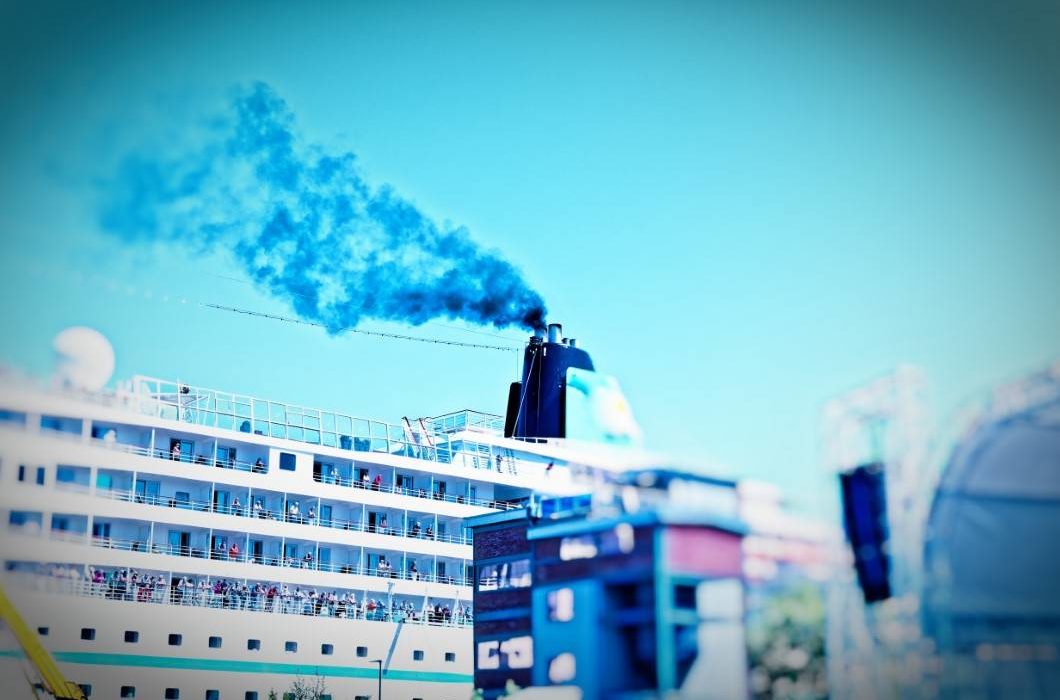
You might also like:
Cruise tourism has been growing in popularity in the past years and is cementing an integral role in the world of the industry. The growth is constant, with the increase reaching almost 7% from 2017 to 2018. The total number of passengers reached 28.5 million people last year. The most passionate cruise passengers are seemingly in North America, as the region has an almost 50% share in the sector (14.2 million passengers).
Cruises all over the world are gaining popularity. Most regions even registered a higher growth rate than international tourist arrivals in general (6%). For example, cruises in the Mediterranean showed a popularity growth of 8 % to 4 million passengers. An interesting cruise tourism destination which is booming is Alaska. The popularity of the American state rose by 13% compared to 2017, attracting almost one million passengers. Meanwhile, Asia saw moderate growth in terms of passenger numbers, registering a 5% increase to a total of 4.2 million.
Rising criticism
With the rise in popularity of cruises worldwide, there is also rising the criticism of the phenomenon. German writer Wolfgang Meyer-Hentrich wrote a book named Wahnsinn Kreuzfahrt (Madness Cruise: Danger to Nature and Man).
“Cruise tourism has become a plague in many cities because tourists are displacing the ancestral population,” he writes. “On the one hand, of course, there is the right to free movement and travel. But on the other, there is also the right of the population to preserve their habitats.
Dubrovnik declares war to ‘modern crusaders’
One of these endangered habitats is the small Croatian port of Dubrovnik. The entire old town is a UNESCO World Heritage Site. Sometimes up to 10 ships at the same time arrive at the harbor, sending masses of tourists into the city.
“The tourism here was out of control, the masses were everywhere,” Dubrovnik’s mayor Mato Frankovic said. “The cruise liners came without a plan, sometimes ten ships at once, two thousand people per ship came to the town at the same time. That was mass tourism.”
Officials are dissatisfied with the development and Frankovic has practically declared war to the cruise liners. Since last summer, only two ships are allowed to dock in the port at the same time. Moreover, he wants cruise tourists to stay longer, to be more profitable for the destination. The price of short-term dockings has increased ten times with the goal to guarantee longer stays.

Meanwhile, however, China is building enormous cruise ships for 10,000 passengers but Dubrovnik is not ready to satisfy their demands. The city was under pressure from UNESCO which threatened to withdraw their status in the case of continuous mass tourism and the Croatian port responded.
The question now is whether mayor Frankovic and his colleagues in Venice, Barcelona, and Amsterdam can win the fight against global cruise tourism and really save their cities from the “modern crusaders”.
Source: tourism-review.com
